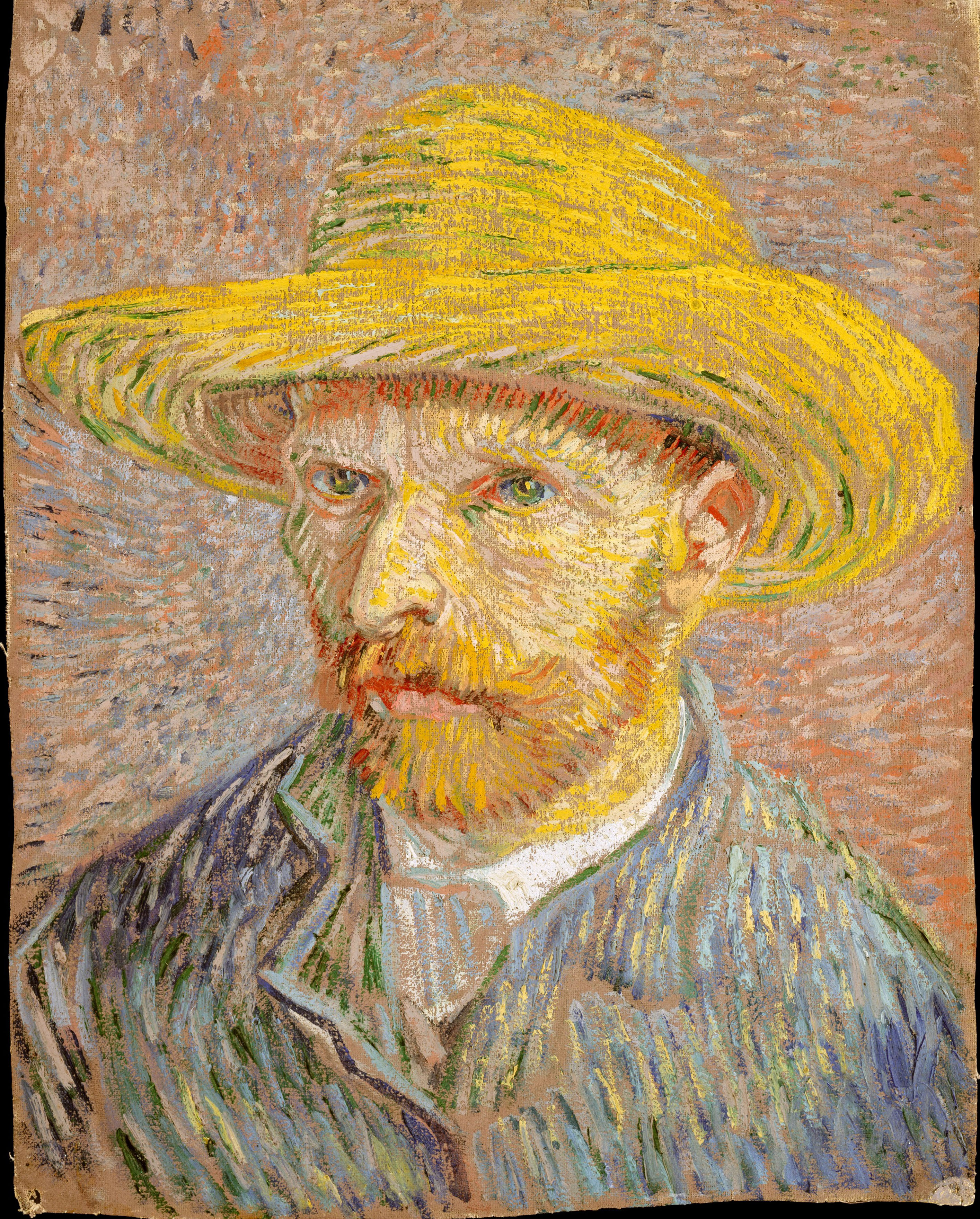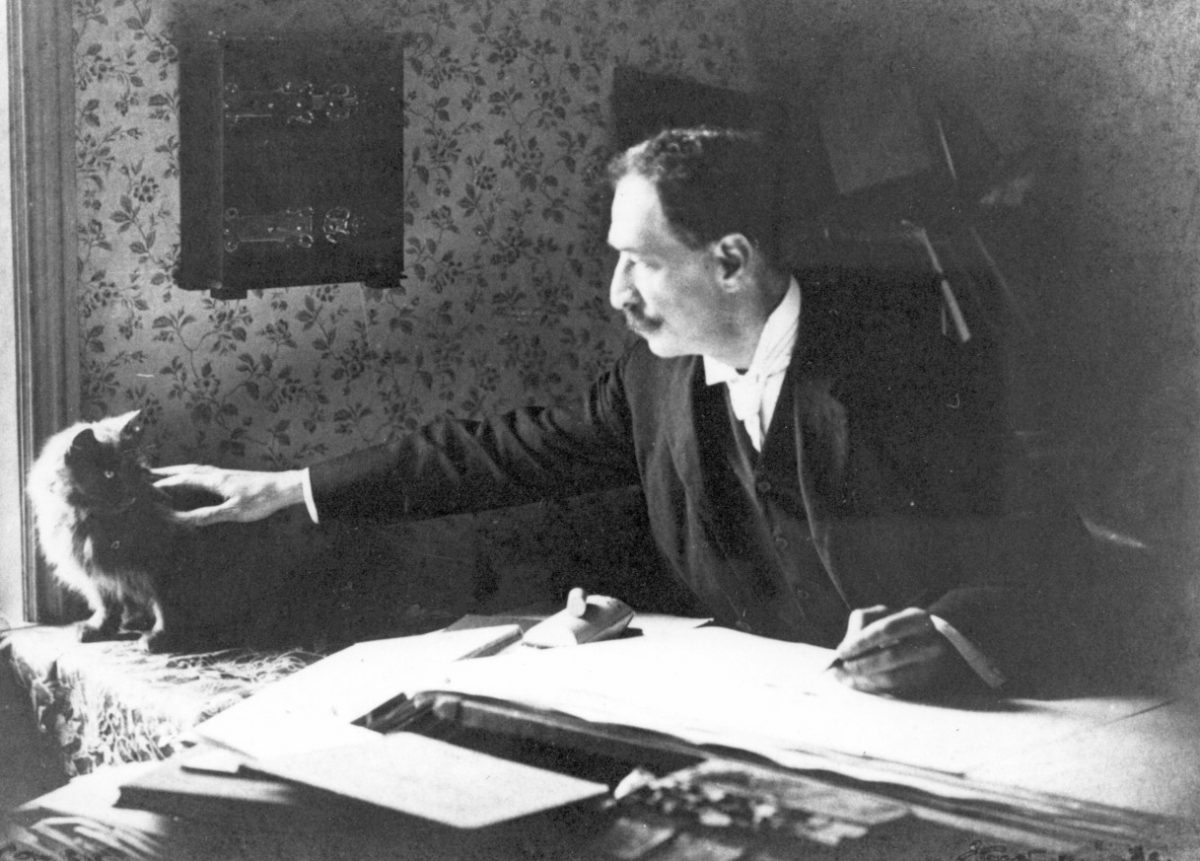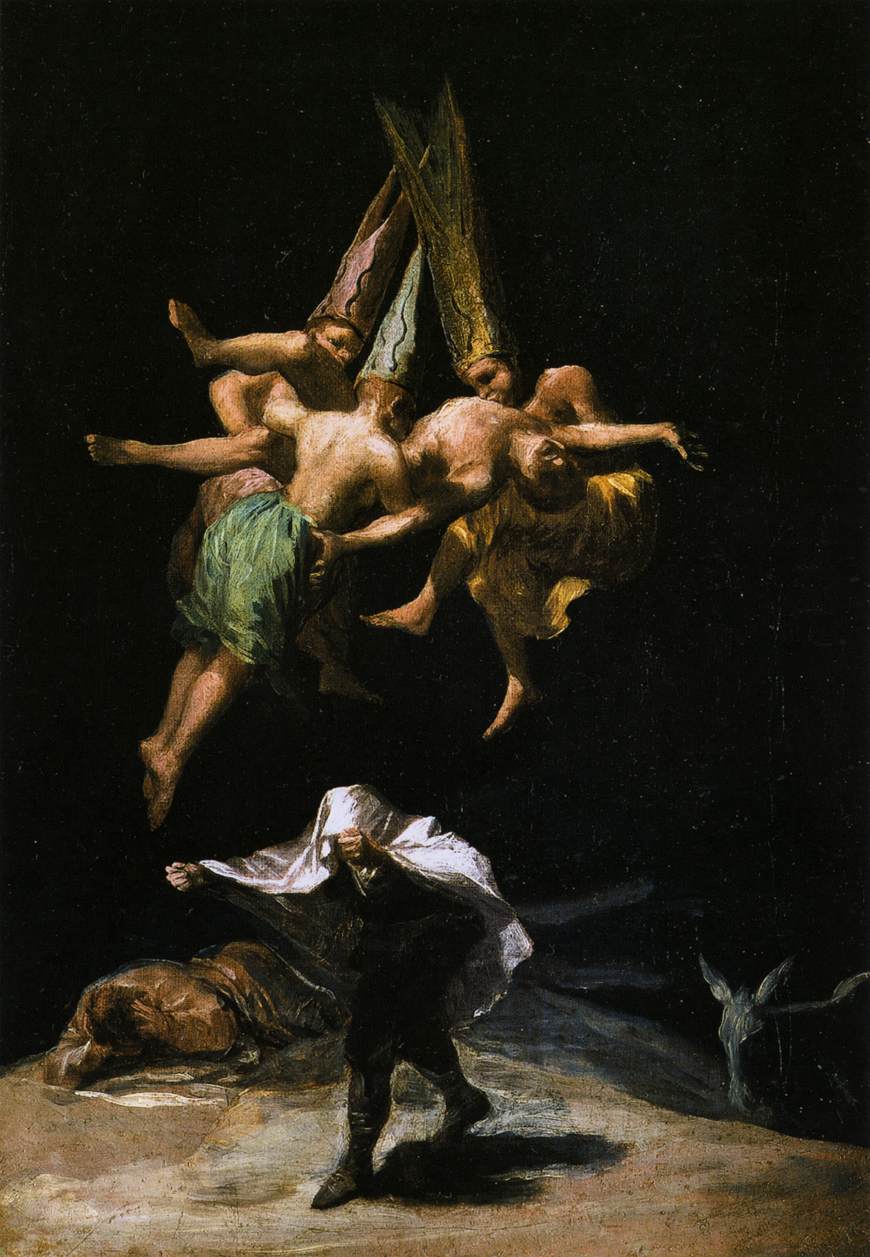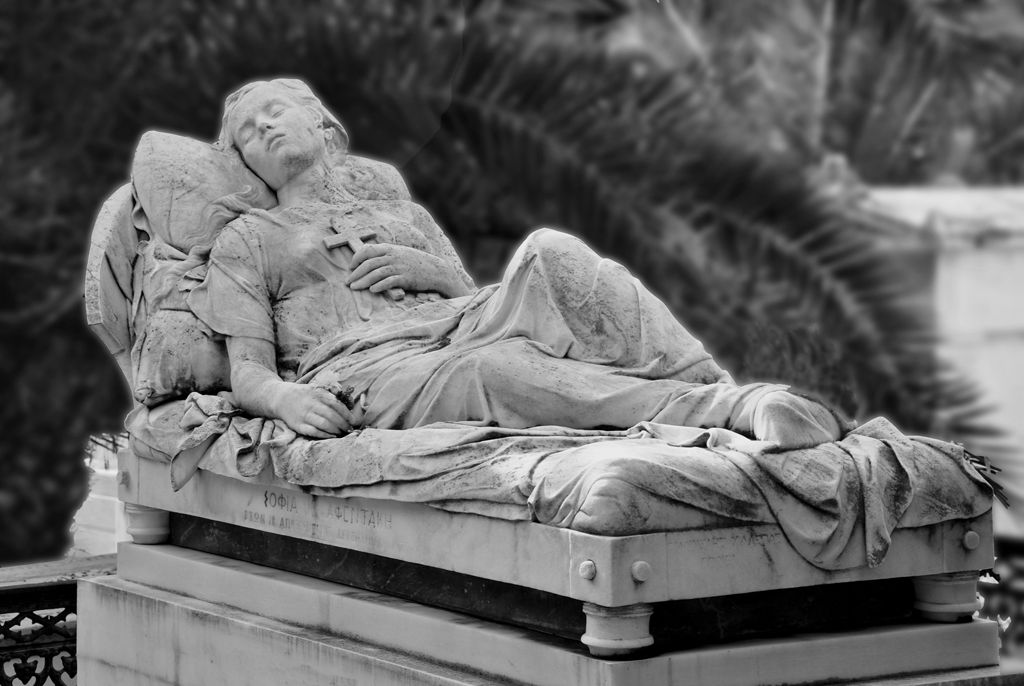Madness in Art: A Powerful Connection
Madness and art have long shared a profound and powerful connection, where the boundaries between genius and instability often blur. Many acclaimed...
Maya M. Tola 28 October 2024
10 October 2024 min Read
Vincent van Gogh is well-known for his iconic works, and for a particular event from his personal life: the artist spent some time in a psychiatric clinic in Saint-Rémy-de-Provence. There, he produced works of art such as Starry Night and many of his famous self-portraits. In order to spread mental health awareness, we will introduce to you life stories of four artists who similarly to Van Gogh also suffered from mental illness – and how their medical condition affected their art.
Besides suffering from anxiety and depression, Van Gogh also faced a crisis of epilepsy. Some experts believe that the painter also suffered from a xanthophyll overdose and this factor affected his art, since he was able to see more yellowish colors, he intensified yellows in his paintings.


Louis Wain was an English illustrator born in 1860 who became well-known for his illustrations of anthropomorphic cats.
The big-eyed cats, who are usually in social situations, such as games or dating, were not initially created on a commission. Although Wain was already known by the public, he began to draw cats to amuse his wife.

Unfortunately, shortly after he married, Wain lost his wife to cancer and her death was the trigger for a deep depression in the artist’s life.
At age 57, he was diagnosed with schizophrenia, a disorder that affects not only a person’s way of thinking but also their behavior. Wain began to act aggressively, and so spent the last 15 years of his life in psychiatric institutions.
It was not only his personality that was affected: Wain’s works of art also began to have a style less and less similar to his early artworks. His cats, previously smiling and cuddly, began to show different traits, they became more geometric and more colorful. Most of these psychedelic kittens were created while Wain was being hospitalized in Napsbury Hospital, where the artist eventually died.


I can not get rid of my illnesses, for there is a lot in my art that exists only because of them.
Wrote the Norwegian painter Edvard Munch, famous for the painting The Scream, and for being one of the main artists of the Expressionist movement.
Munch’s family background already predisposed him to possible mental health problems. His mother and one of his sisters died of tuberculosis when he was very young. His father suffered from depression and his other sister was diagnosed with schizophrenia. Munch did not go unscathed. He had a mental breakdown in 1908, which was aggravated by alcoholism, and he was admitted to a mental health clinic in Denmark.
In addition to the known mental problems, the painter still faced other issues: in 1937, his works were confiscated by Hitler’s government, and labeled by the dictator as “degenerate art.”
Munch wrote that “sickness, madness, and death were the black angels that guarded my crib,” and he even came to be diagnosed with neurasthenia, a clinical condition associated with hysteria and hypochondria. His work is characterized by figures whose sense of despair and anguish are evident. The strokes and colors that Munch uses in his compositions often demonstrate his own state of mind.

The third artist on our list is the Spanish painter Francisco Goya. At 46 years old, Goya was confined to bed, had lost hearing, and was very sick with something that was not diagnosed at the time. His deafness had several explanations, such as syphilis or lead poisoning. However, the artist also showed signs of mental disorders which affected his work.
More current speculation suggests that Goya suffered from Susac Syndrome, a disease that, in addition to causing hearing loss and vision, also causes brain and balance problems.
Attacks of hallucination and delirium were also frequent during the most critical period of the painter’s illness. External factors such as the Napoleonic Wars deeply marked the painter, too. In his works, he portrayed the gravity of human melancholy, with paintings depicting human suffering becoming more and more common.

The Greek Yannoulis Chalepas is a different case. Not only is he the only sculptor on our list, but the mental illness he suffered from had no direct effect on his style. Nevertheless, he spent several decades without producing anything or destroying his works as soon as he created them.
Chalepas began his artistic career quietly and even opened an atelier in Athens after studying in Munich. However, around 1878, he began to show the first symptoms of mental illness. Ten years later, he was diagnosed with dementia, being only 36 years old.
Chalepas’ mother believed that art was really responsible for his son’s mental state, so she tried to keep him away from sculpting. Only after her death in 1916 did he actually return to work. Researchers agree that in this period he began to create sculptures with more freedom and was not so attached to Neoclassical ideals.

The subject of mental illness and art has often been discussed, especially in recent years. It is undeniable that there is a relationship, especially if we think of art as an elementary form of human communication. From this perspective, artistic production would not only be a response to disease but a form of output, a release valve.
If you or another individual close to you is suffering from a mental illness, contact your doctor, seek medical attention immediately in an emergency room, or call 911. Below you can find useful resources regarding mental health problems:
DailyArt Magazine needs your support. Every contribution, however big or small, is very valuable for our future. Thanks to it, we will be able to sustain and grow the Magazine. Thank you for your help!